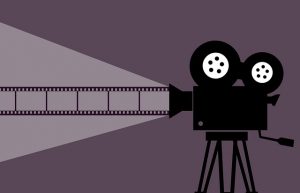
Many people like using glass water pipes to smoke. Glass water pipes, also known as bongs, are often constructed of glass, although you can also get bongs made of materials such as acrylic, ceramic, and silicone. Substances like tobacco can be placed in a tiny container, which is attached to a huge water holding tank, and a long cylindrical tube is inserted into the water holding tank (where you place your mouth). Once you’ve filled it with your preferred substance, you light it up and draw smoke from the bowl into the water chamber by sucking air through the tube. Once you’ve done that, you take out the bowl and inhale through the tube. Additionally, some glass water pipes are equipped with ash catchers and percolators, which filter the smoke out of the water before it gets to your lungs.
While glass water pipes are popular among marijuana and tobacco smokers, they can be daunting to those who have never used one before. If you’re not sure what to look for, picking your first bong might be a difficult endeavour.
To help you out, we’ve created this guide to shopping for glass water pipes.
Think about how you like to smoke
Before you buy glass water pipes, make sure it’s the method smoking you prefer. There are numerous advantages to using glass water pipes. A pipe with a percolator and ash catcher can assist cool and filter smoke before it reaches your mouth or nose, making it a more pleasant experience than smoking a joint.
How much do glass water pipes cost?
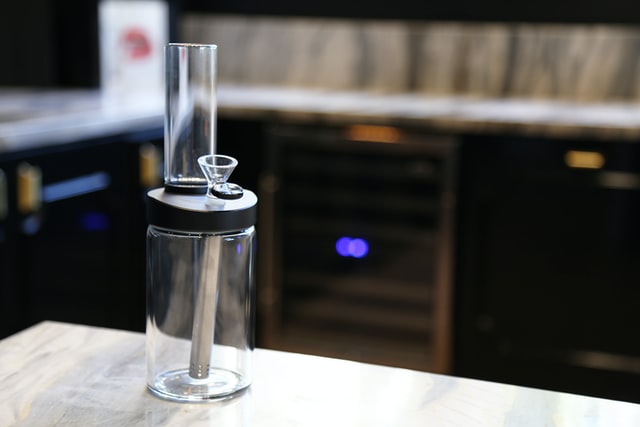
When it comes to pipes and bongs, the prices can vary. Some people find the price tag of water pipes a little too high for their budgets when they first get started. But you don’t need to spend hundreds of dollars.
What are the most important features to look for?
When it comes to your first pipe, we suggest keeping things simple. Anything taller than eight to twelve inches is going to be awkward to use. Look for pipes with a wide base that won’t readily tip over if you want a well-balanced and strong item.
To avoid splashback, you’ll need a pipe with a long tube and a downstem that fits comfortably in your mouth (the narrow passage that connects the bowl to the water chamber). Poor airflow can be caused if it is too long or too short.
In addition to the percolators and ash catchers discussed above, certain pipes come equipped with ash traps, which help keep the water from splashing into your mouth.
What should you avoid?
Choosing glass over plastic as a first step in the right direction.
The aluminium metal bowls that are commonly seen in plastic pipes aren’t the best for your lungs. You should also look out for cheap models made from glass that is not designed to withstand heat, as these may shatter easily. Look for designs that are lightweight and that will provide a good smoking experience.
How do you keep it clean?
Keep your pipe’s water fresh by changing it periodically to prevent grime from building up.
Of course, you’ll have to put on your scrubby clothes at some point. To get rid of tenacious residue, use a mixture of isopropyl alcohol and coarse salt as an abrasive. After shaking it for a few minutes, thoroughly rinse the pipes’s primary chamber. Alternatively, cleaning products made specifically for glass water pipes are also available.
If you treat it right and keep it clean, your new pipe should last you for many years to come.
…




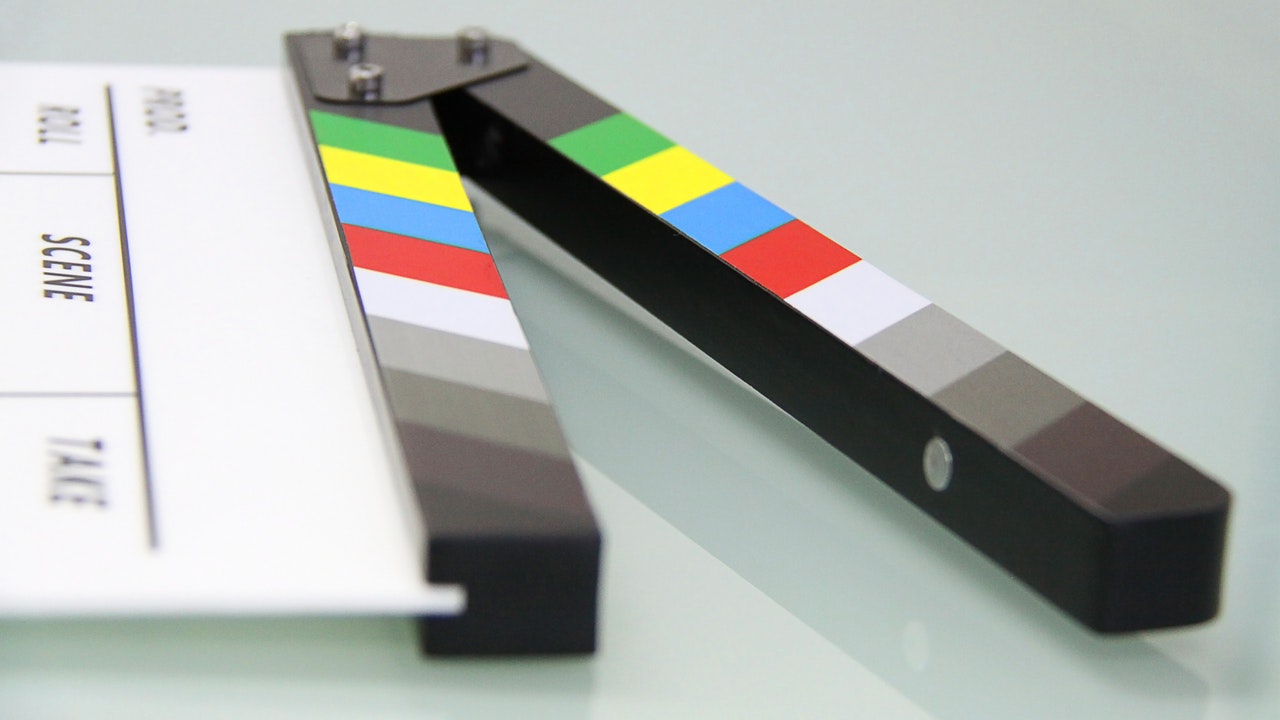
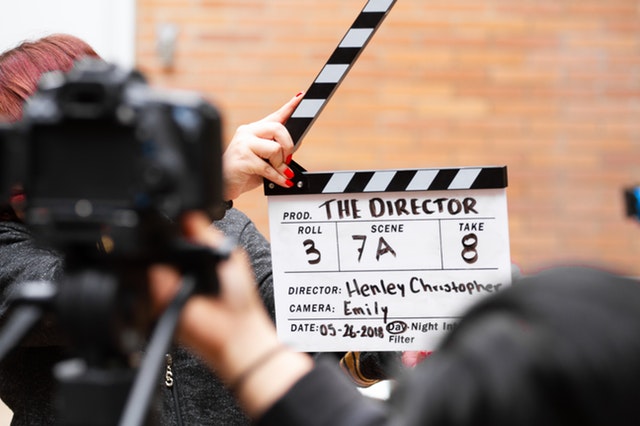
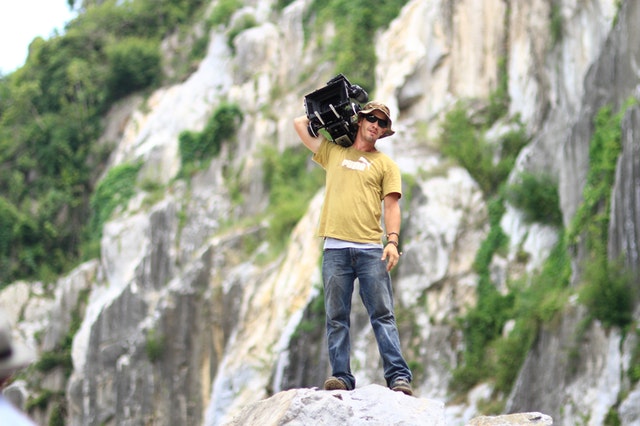
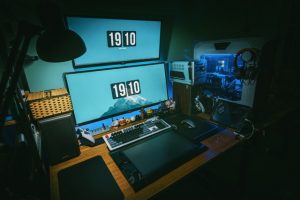 STEP 5: TECHNICAL LISTS OF HEADS OF POST
STEP 5: TECHNICAL LISTS OF HEADS OF POST